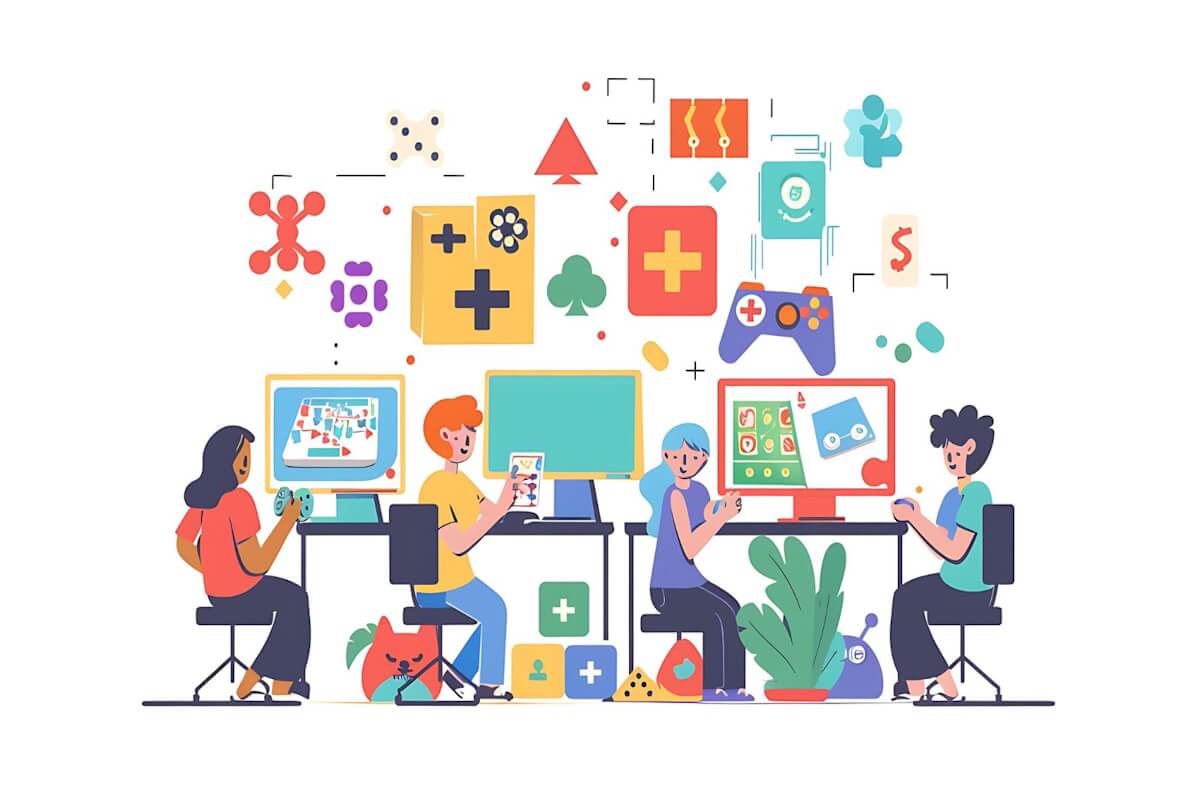In today’s digital age, technology has revolutionized the way we learn and educate ourselves. One of the innovative strategies that has gained popularity in recent years is the use of gamification in education apps. Gamification is the process of integrating game mechanics into non-game contexts to engage users and motivate them to achieve their goals. When applied to education apps, gamification can significantly enhance the learning experience and improve learning outcomes for students of all ages.
What is Gamification in Education?
Gamification in education involves incorporating elements of game design, such as challenges, rewards, and competition, into educational activities to make learning more interactive and engaging. By introducing game-like elements into the learning process, educators can capture students’ attention, increase their motivation, and promote active participation in the learning process.
Benefits of Gamification in Education Apps
There are several benefits to leveraging gamification in education apps for better learning outcomes. Some of the key advantages include:
- Increased Engagement: Gamification makes learning more interactive and enjoyable, which can help to increase student engagement and motivation. It creates a more dynamic learning environment that keeps students excited about learning.
- Enhanced Learning Experience: By incorporating game mechanics into educational activities, students can learn in a more immersive and experiential way, leading to a deeper understanding of the material. This hands-on approach helps students retain information better.
- Improved Retention: Gamification encourages students to actively participate in the learning process, which can help improve information retention and recall. Students are more likely to remember and apply what they have learned.
- Foster Collaboration: Many gamified education apps include social features that allow students to collaborate with their peers, fostering a sense of community and teamwork. Collaboration enhances communication skills and promotes a supportive learning environment.
- Personalized Learning: Gamification allows for personalized learning experiences, where students can progress at their own pace and receive real-time feedback on their performance. This tailored approach caters to individual learning styles and needs.
Strategies for Implementing Gamification in Education Apps
When incorporating gamification into education apps, it is important to consider the following strategies to maximize its effectiveness:
- Set Clear Learning Objectives: Before implementing gamification, educators should define clear learning objectives to ensure that game mechanics align with educational goals. This helps keep the focus on the desired learning outcomes.
- Design Engaging Challenges: Create challenges that are fun, interactive, and relevant to the learning material to keep students motivated and engaged. Engaging challenges make learning more enjoyable and memorable.
- Provide Immediate Feedback: Offer real-time feedback on students’ performance to help them track their progress and make informed decisions. Immediate feedback helps students identify areas for improvement.
- Incorporate Rewards and Incentives: Use rewards, badges, and virtual currencies to incentivize students to complete tasks and achieve learning milestones. Rewards motivate students to stay engaged and strive for success.
- Promote Healthy Competition: Introduce leaderboards, rankings, and competitions to encourage friendly competition among students and motivate them to strive for excellence. Healthy competition can drive students to perform better.
- Encourage Social Interaction: Include social features that allow students to connect with their peers, share achievements, and collaborate on group projects. Social interaction fosters a sense of community and encourages teamwork.
Examples of Successful Gamification in Education Apps
There are several education apps that have successfully leveraged gamification to enhance the learning experience and improve learning outcomes. Some notable examples include:
- Duolingo: A language learning app that uses gamification to make learning a new language fun and engaging through challenges, rewards, and progress tracking. It offers a variety of interactive exercises to keep users motivated.
- Kahoot!: An interactive quiz platform that allows educators to create and share quizzes with students, fostering engagement and active participation in the learning process. It provides instant feedback and encourages healthy competition.
- Classcraft: A classroom management tool that gamifies the learning experience by turning the classroom into a role-playing game, where students earn points and rewards for positive behavior and academic achievement. It creates a collaborative and interactive classroom environment.
By incorporating gamification into education apps, educators can create a more engaging and interactive learning environment that motivates students to actively participate in the learning process and achieve better learning outcomes. With the right strategies and tools in place, gamification can revolutionize the way we educate and inspire the next generation of learners.
Looking to transform your education app with gamification? Our team is here to help you create an engaging and interactive learning experience. Contact us today to get started!
FAQs:
What is gamification in education?
Gamification in education involves integrating game elements, such as challenges and rewards, into educational activities to make learning interactive and engaging.
What are the benefits of using gamification in education apps?
Some benefits of leveraging gamification in education apps include increased engagement, enhanced learning experience, improved retention, foster collaboration, and personalized learning.
What strategies should be considered when implementing gamification in education apps?
When implementing gamification in education apps, educators should set clear learning objectives and design engaging activities to maximize its effectiveness.
How does gamification in education apps improve learning outcomes?
Gamification in education apps can improve learning outcomes by increasing student engagement, providing an immersive learning experience, promoting information retention, fostering collaboration, and enabling personalized learning experiences.


